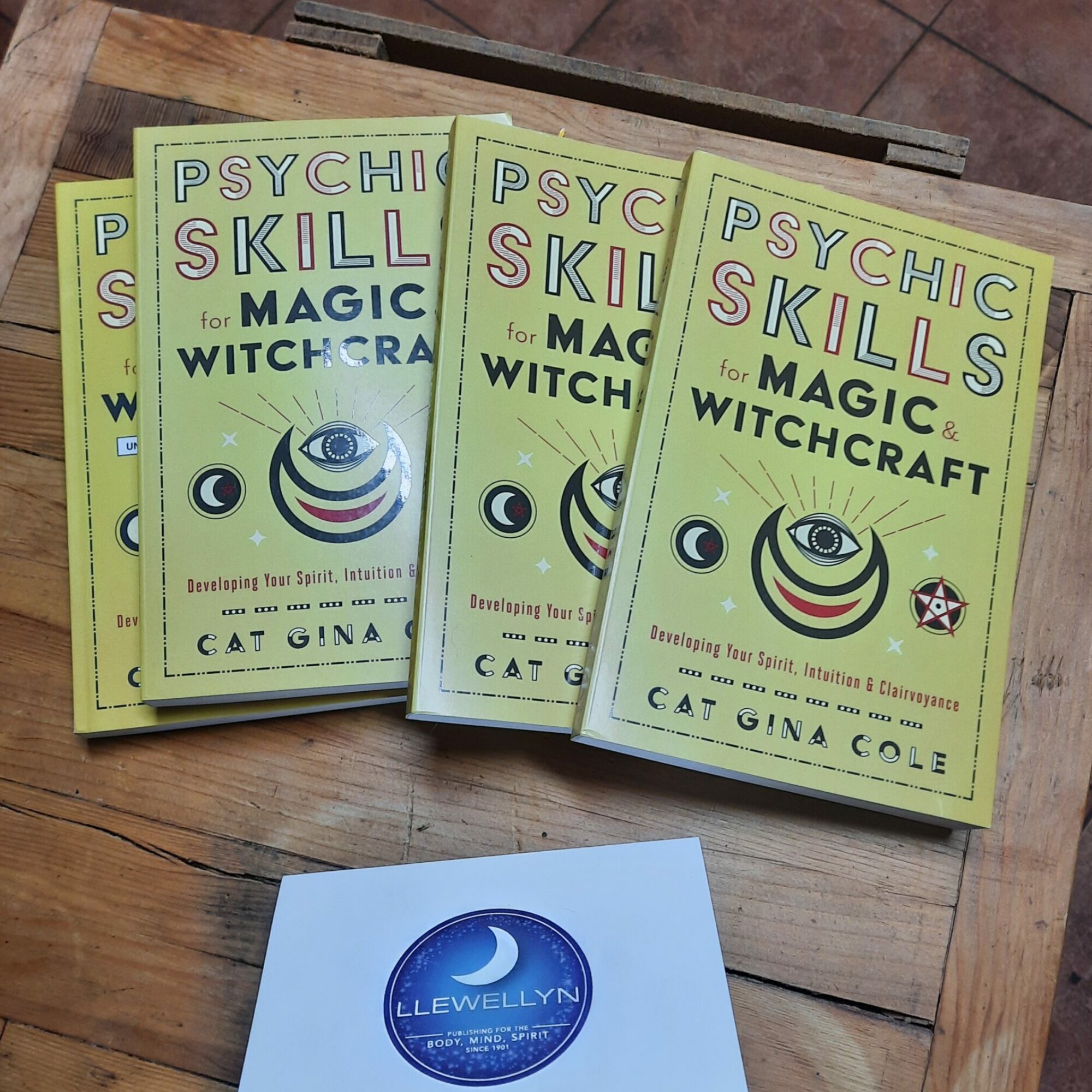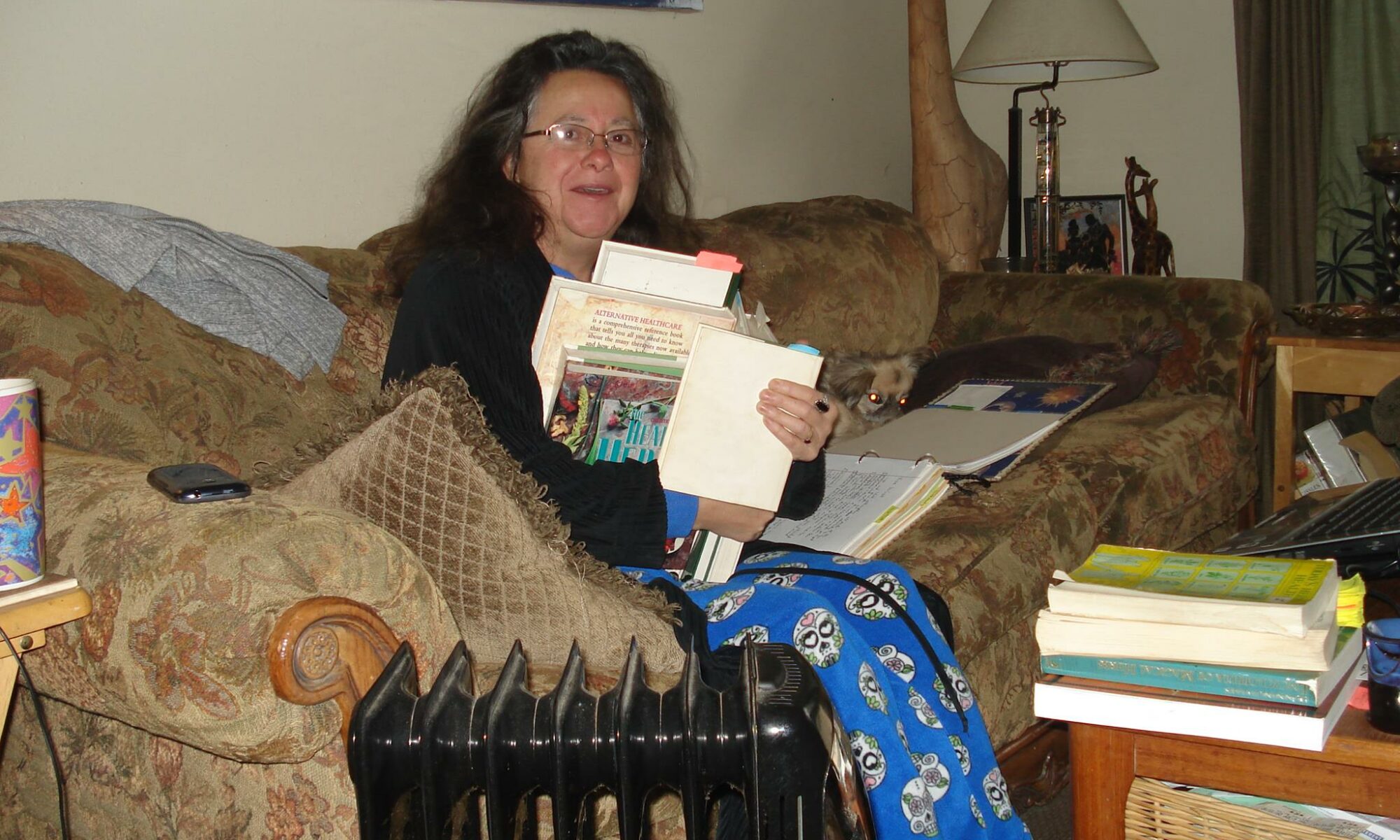Today I thought I would write about herbalism. And I realize there is so much information out there that you might like to know what sources I use and my process for researching them.
I have several rules of practice when looking for information on herbs. First, I google medicinal uses for….(insert herb here) I look at no less than 15 sites if the herb is new to me. Then I look for what the herb contains, not just its uses. When I begin to see the same information being repeated, that is the information I then write down. After that, I go to my books, and for a new herb, I use no less than eight. Then when that information matches up with what I found online, I enter the matching information into my herbal journal confident in what I have found.
Why do I do all of this? Because herbs are medicine and chemicals just like a prescription.
My number one rule is “Do your own research”, even if a trusted friend gives you good information. Two herbs are responsible for this rule, Kava and the mint family of which there are 7000 species. Kava is listed as harmless and non-toxic, yet if someone has liver issues it can cause them harm. In the mint family of 7000, if someone is allergic to one of them, they are likely to be allergic to all of them. Almost every herb has some indication like this and it takes deep research to find it at times.
I also look at what an herb contains and I find words like saponins, flavonoids, or rutin. I look them up too so I know what they are and how they interact with the body. I look at the actions and find words like depurative, vulnerary, and diuretic, and look them up too. All for the sake of safety and being confident of what I am using.
This resulted in my creation of an herbal glossary I keep for my own use and teach my students. You will find that glossary on my blog at http://catginacole.com/a-little-herbalism-for-your-day/ It is an excellent example of the types of words to look for. I also created the glossary because I discovered herbalism has its own language and the glossary became the key to understanding it.
I do have several friends I have come to trust over time to converse with about herbs, they are: Kathleen Crochet Stursa- Herbalist, simpler, and Gardner extraordinaire, Ruth Overholser-Owner of Lady Thyme Herbs in Cave Junction Oregon, Janice Patterson Sidel-Owner of the Dancing Gypsy in Klamath Falls Oregon, Erika Fortner- Owner of Queen Meb in Portland, Katrina Rasbold- Owner of Crossroads Metaphysical Store in Shingle Springs Ca. These ladies really know their stuff and if the research fails, I can always count on them.
There are two links I use the most, they are Web MD and VeryWellHealth.com I also watch Suzan Weed on YouTube and a few others on occasion. I look at many other links as well but these are the most used.
There is nothing like finding a good herb book with special nuggets of information. When you buy one, check the glossary, index, and bibliography. This will tell you exactly how good the book really is. Here is the list of my current herbal books.
Practical Herbalism by Frtichey
The Good Herb by Judith Benn Hurley
Rodale’s Illustrated Encyclopedia of Herbs
The Consumers Guide to Herbalism by Steven Kirch
Magic and Medicine of Herbs by Readers Digest
The Illustrated Encyclopedia of Herbs by Sarah Bunny-Barnes and Noble
Magic with Incense and Powders by Ana Riva
Medicinal Plants of The Pacific Northwest by Moore
Petersons Guide to Medicinal Plants & Herbs
Todays Herbal Health by Tenny
The Herbalist by Joseph E Meyer
I also have assorted books on aromatherapy and oils and am always looking for more! Feel free to share your favorites with me by leaving a comment and happy herbing!

